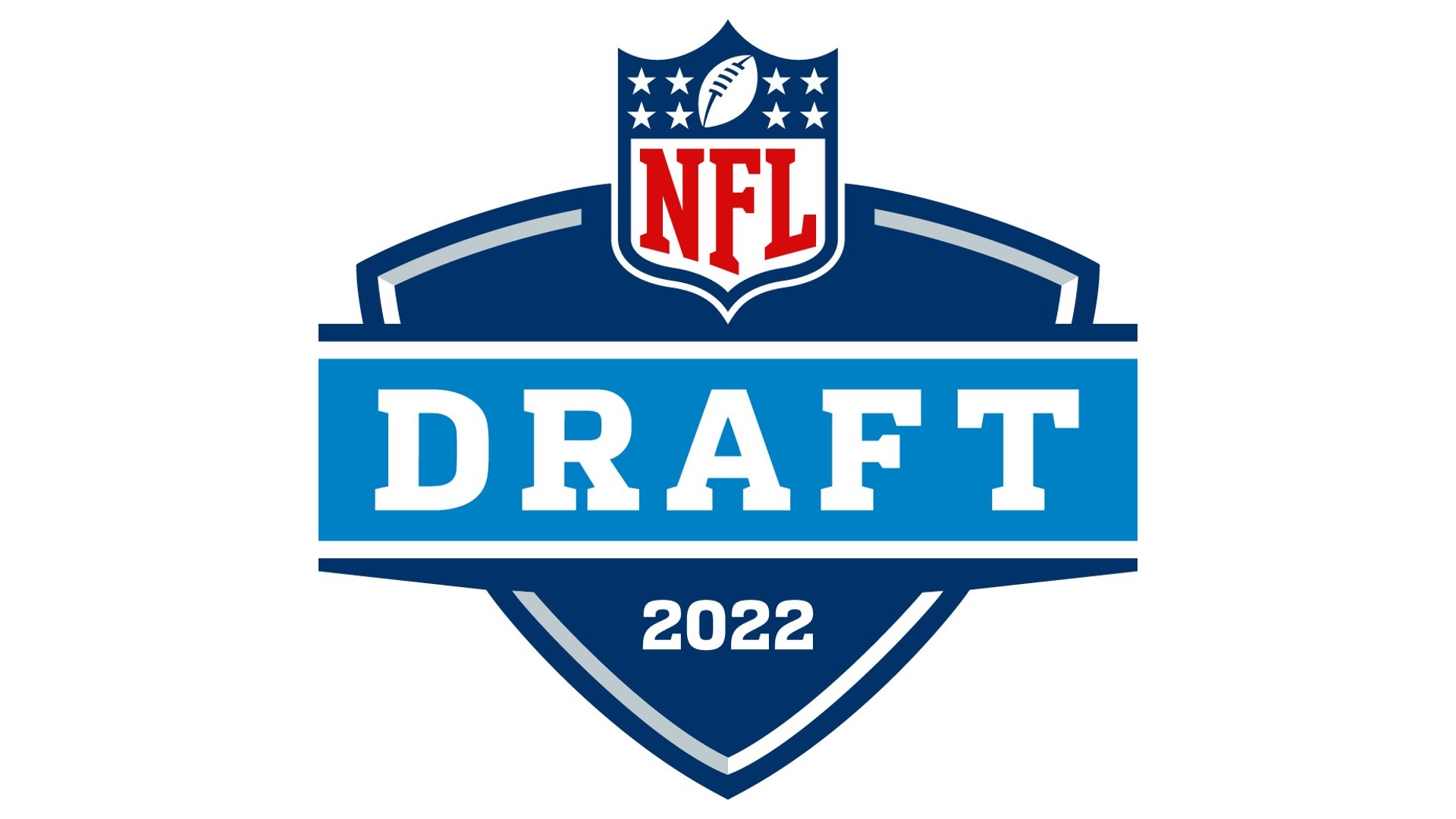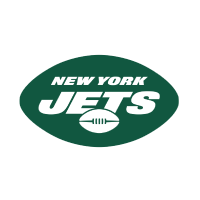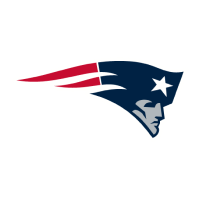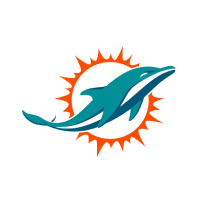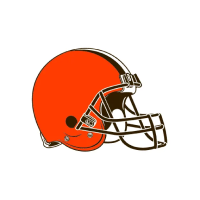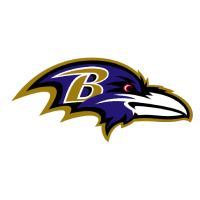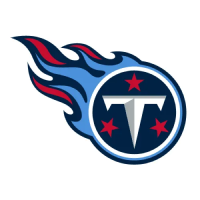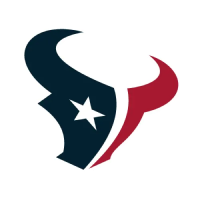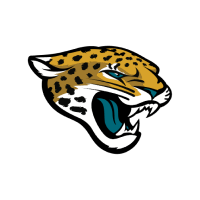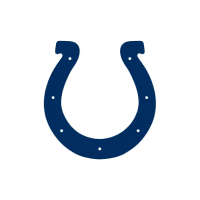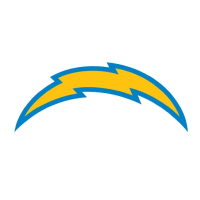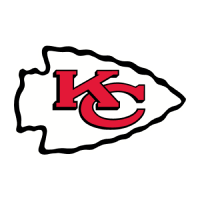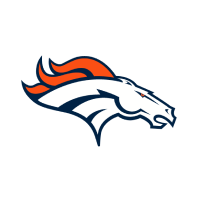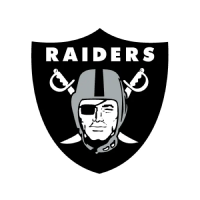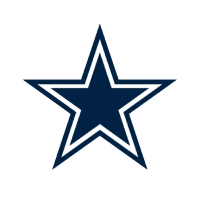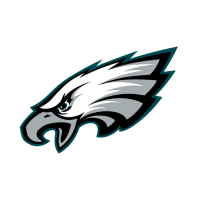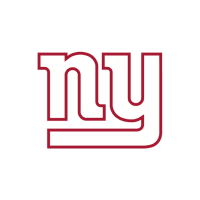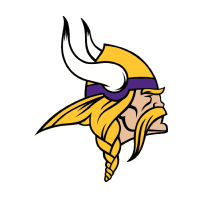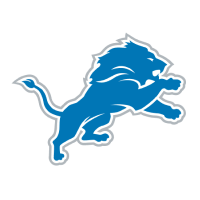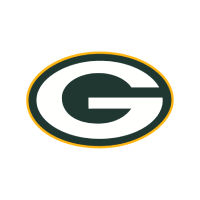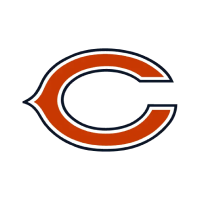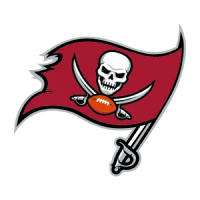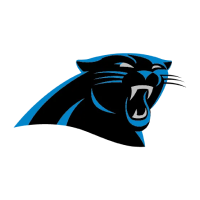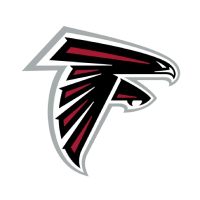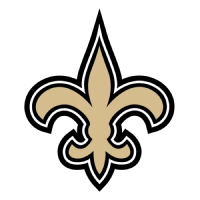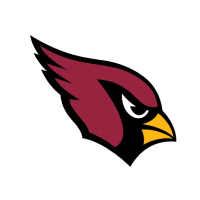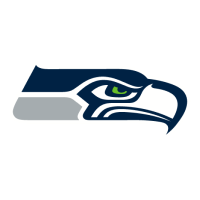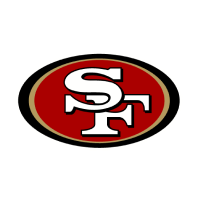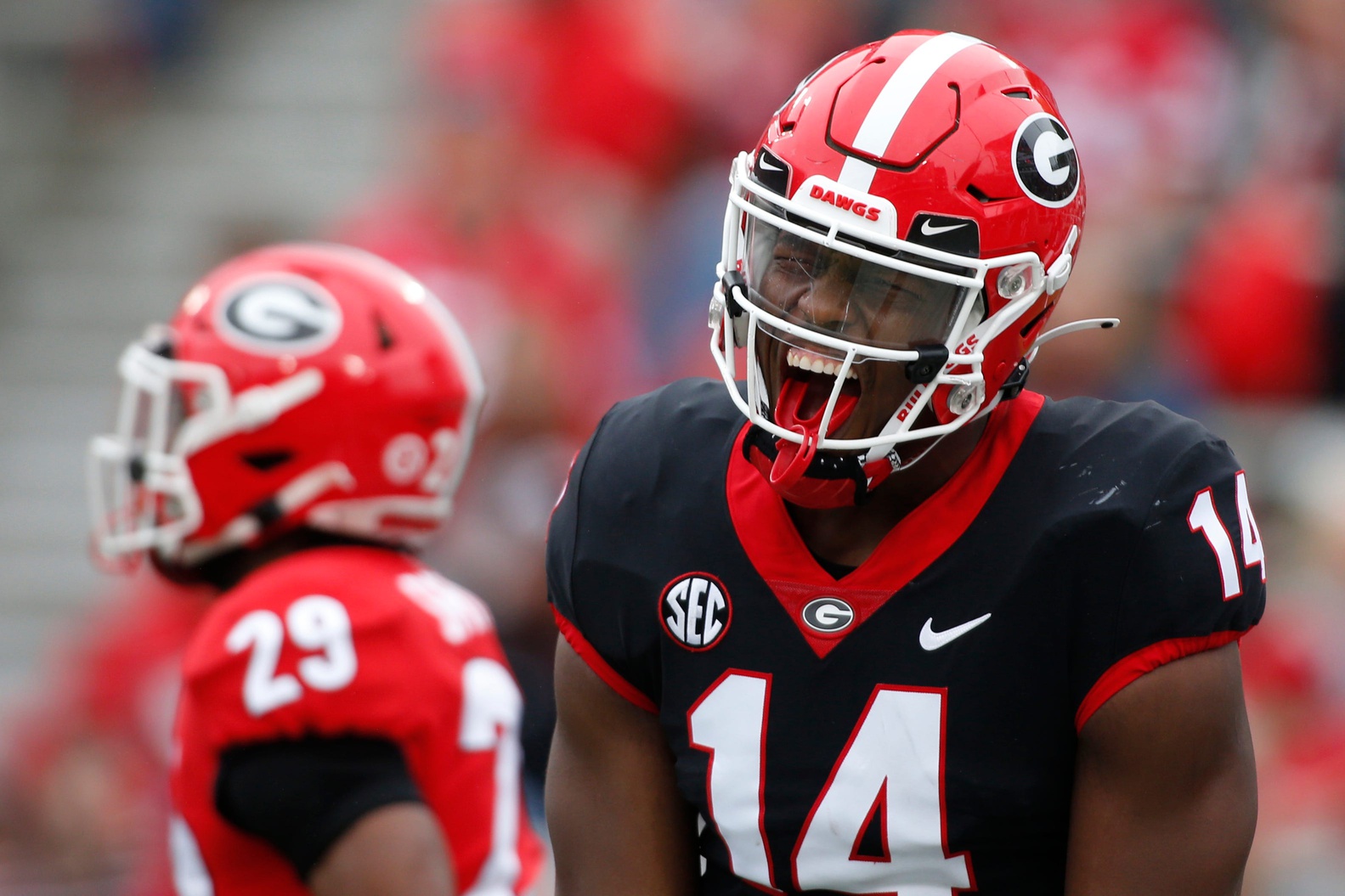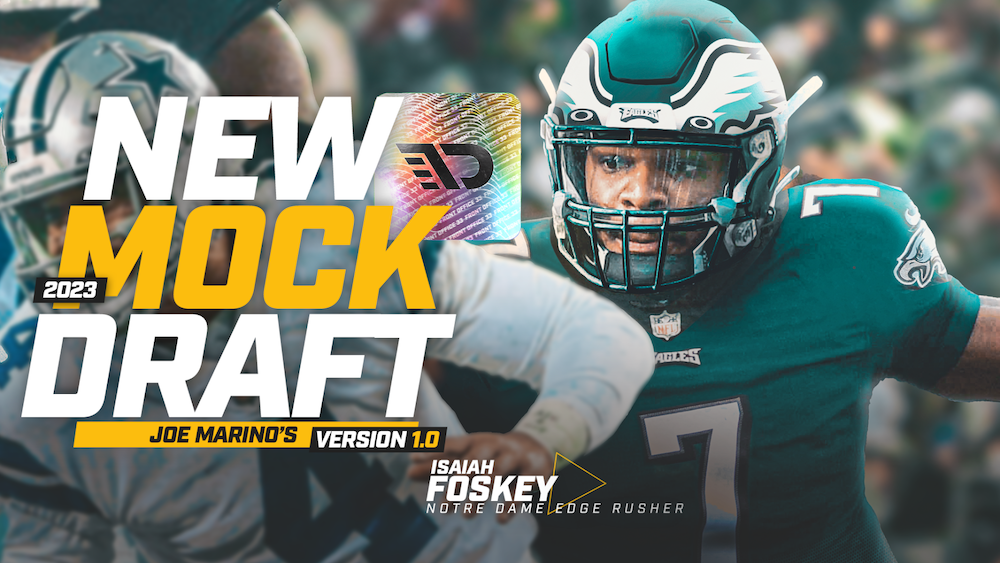I absolutely love the Detroit Lions’ draft class, and from the way the Lions’ war room reacted to some of their selections caught on camera, it appears they did as well.
In rounds 1-7, the Lions added Penei Sewell, Levi Onwuzurike, Alim McNeill, Ifeatu Melifonwu, Amon-Ra St. Brown, Derrick Barnes, and Jemar Jefferson; truly a home run draft for a rebuilding team.
That last part is important to take into context when evaluating what the Lions did on draft weekend. And I say that because when I tweeted out my approval of the Lions’ draft after days one and two of the 2021 NFL Draft (rounds 1-3), there were some Lions fans who did not agree with me, citing that the choices of two defensive linemen were redundant and missing the boat on some of their bigger needs.
I want to explain why that’s not the case. Let’s first do that by explaining the evaluation and the vision for a few of these players. Sewell is an obvious stud, so we’ll start with Onwuzukrike, a player Campbell spoke highly of when it came to his versatility.
“You can see Onwuzurike playing in a 4i or reduced down to a 3-technique and being able to two-gap at times, control defenders, hit the blocks but also take a side and get up the field as a pass rusher,” Campbell said.
Campbell also said after the draft that the Lions will be a 3-4 base defensive team. That will be different from the multiple fronts Matt Patricia was trying to deploy over the last few years. That itself is an element of this Lions draft that is important to remember. Patricia’s defense is unique (to put it kindly), and the players that he assembled to play in certain positions won’t thrive as well, in theory—I say in theory because they didn’t really thrive at all—as they would in a normal front. Because of this, the Lions were starting from ground zero with the rebuild of their defense, and the correct place to invest when doing so was in the trenches.
That’s why the McNeill pick was also a very good selection for them.
"To us, this is not just a two-down nose, that's going to sit in there and stop the run," Campbell said. "We feel like there's upside with this kid to become a rusher. ... When you look at what he was doing in high school, being a running back and playing linebacker, and then you see the baseball clips of him swinging away, this is a good athlete, man, who can turn his hips and flip. He can anchor. I love the fact that he's built like a tree trunk with long arms, but yet, man, he can explode off the line and he can get an edge on a guy and he's by you in a hurry. Those dudes are hard to block."
By adding Onwuzurike and McNeill to a group that already features John Penisini, Da’Shawn Hand, Trey Flowers, and Michael Brockers, the Lions now have much more depth for a 3-4 front.
Then there’s the cornerback room, a position group that was bolstered by the addition of Melifonwu in the third round.
"To know what kind of athlete and football player he is—and by the way, this kid has a background now, too,” Campbell said. “Everything about him, he does extra work. He knows how to work, he's smart, he's competitive, he's got some dog in him and he loves football. Then you put that with the athletic ability, knowing this is a 41-inch vert guy and 11(-foot) broad, on top of that, he can run at over 200 pounds. Man, he's got some speed and length and ball skills, it was a no-brainer for us. We were thrilled to get him. We were actually shocked that we were able to get him where we got him."
Though I still have faith in Amani Oruwariye as a solid outside cornerback, there’s no doubt that getting more talent in the cornerback room was necessary. They were smart to jump on Melifonwu as an option to play opposite Jeff Okudah.
One of the biggest critiques of the Lions’ draft haul was that three rounds in, they didn’t grab a single wide receiver to add to a position room that was so desperate for talent—a unit so barren that there were mock drafts with the Lions selecting one at No. 7 overall. I am here to tell you that not only were they rewarded with their patience, the timing of where they are as a franchise made that the right approach.
Instead of adding a Ja’Marr Chase or a Jaylen Waddle in round one or even a Terrace Marshall or Rondale Moore in round two, the Lions got their slot receiver of the future in St. Brown.
“We just felt like he was an excellent addition,” Campbell said. “We think he can go in there and compete at slot receiver, but I think this kid has some outside flex to him, too. Just, again, we loved his approach. Everything you alluded to, he's all about ball, he's all about business. He's not going to cower to anybody. He's coming in here to win a job. And once he does that, he's going to beat anybody that wants to cover him one-on-one."
Going back to the sentiment that this team is rebuilding, opting to build in the trenches instead of forcing a pick at wide receiver just to address a more immediate need right now was the correct move. The Lions’ receiver room will be a multi-year build anyway. It doesn't matter whether they get their ‘X', their flanker, or their slot receiver first; it won’t be a complete room in 2021. So they didn’t force receiver picks and instead let the right one fall to them while building their team from the inside out.
When you take into account the context of where the Lions are as a franchise and how their winning window is realistically two or so years away, you can really appreciate the foundation their 2021 draft class was.
Filed In
Related Articles
NFL Draft
Arik Gilbert Doesn’t Need Big Workload To Be A Top NFL Draft Pick
- Aug 22, 2022
NFL Draft
2023 NFL Mock Draft: Marino 1.0
- Aug 22, 2022
Written By
